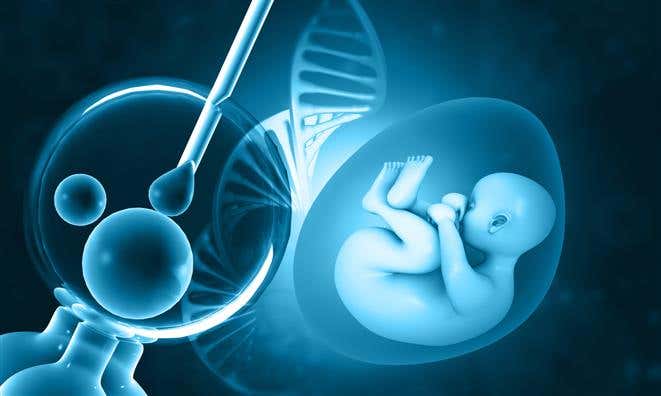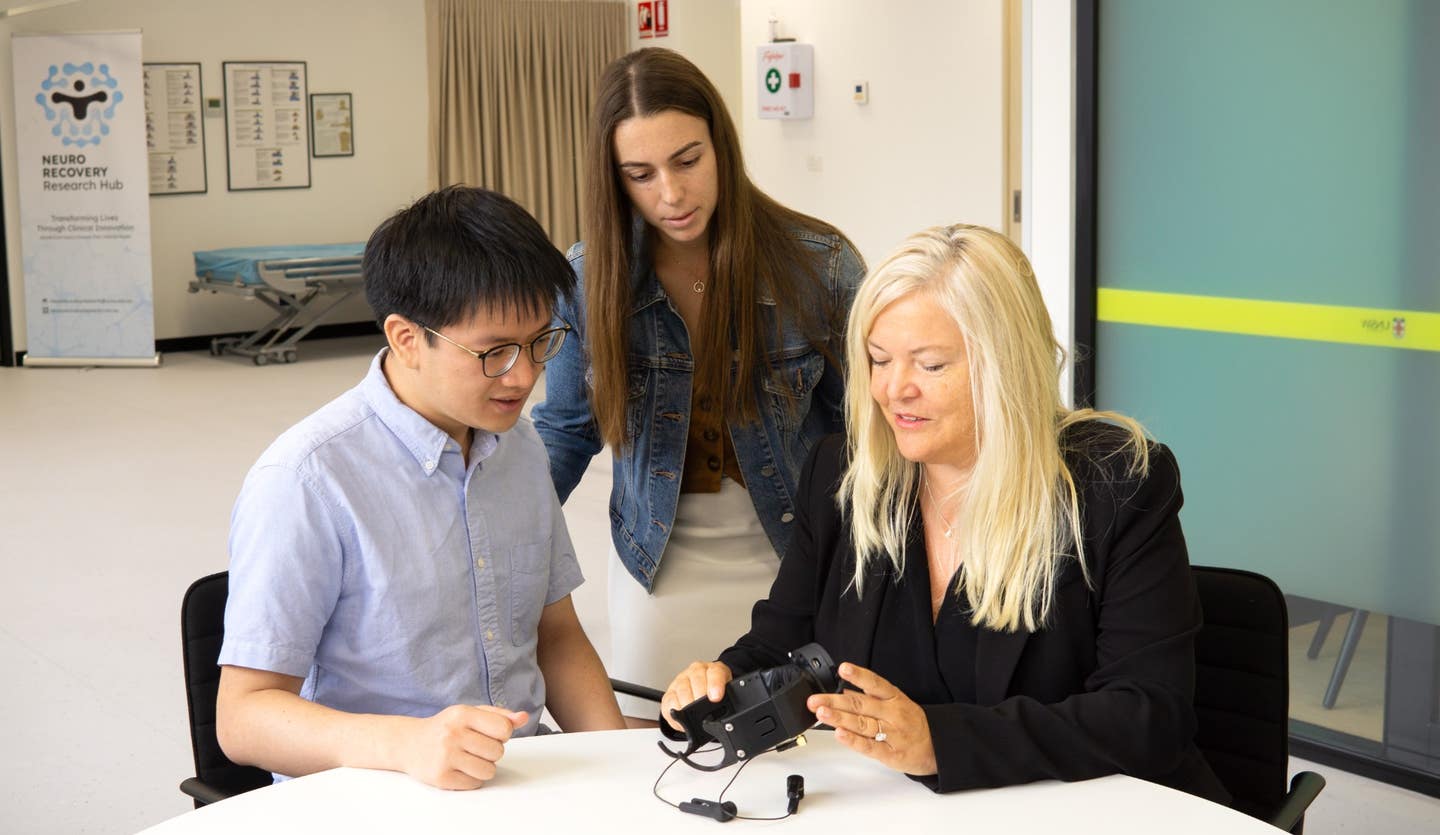Scientists successfully create the world’s first synthetic human fetus
Scientists have declared the creation of the first-ever synthetic human embryos derived from stem cells without the involvement of sperm.

[June 15, 2023: Staff Writer, The Brighter Side of News]
Scientists have declared the creation of the first-ever synthetic human embryos derived from stem cells without the involvement of sperm or eggs. (CREDIT: Creative Commons)
In a groundbreaking development that teeters on the precipice of awe-inspiring progress and disquieting bioethical implications, scientists have declared the creation of the first-ever synthetic human embryos derived from stem cells without the involvement of sperm or eggs.
The embodiment of this groundbreaking research are embryo-like structures, constructed entirely in the laboratory. However, these structures lack several vital elements of a natural human embryo, such as a functioning heart and brain. Yet they do possess cells that under normal circumstances would progress to form the placenta, the yolk sac, and the embryo itself, a remarkable achievement in the field of reproductive biology.
The forerunner of this significant scientific advancement is Professor Magdalena Zernicka-Goetz, a prominent researcher affiliated with both the University of Cambridge and the California Institute of Technology.
In her address at the International Society for Stem Cell Research's annual meeting in Boston, she enthusiastically stated, “We can create human embryo-like models by the reprogramming of [embryonic stem] cells.” Such a statement is evidence of the quantum leaps that have been made in stem cell research and reproductive science.
Related Stories:
However, this transformative research, which is yet to be documented in a scientific journal, stirs up a sea of ethical and legal controversies. Presently, many nations lack adequate regulatory provisions to oversee the creation and manipulation of synthetic embryos. This deficiency in oversight draws attention to the urgent requirement for a comprehensive legal framework.
Concerning this regulatory lacuna, James Briscoe, the associate research director at the Francis Crick Institute, was quoted by CNN stating, “Unlike human embryos arising from in vitro fertilization (IVF), where there is an established legal framework, there are currently no clear regulations governing stem cell-derived models of human embryos. There is an urgent need for regulations to provide a framework for the creation and use of stem cell-derived models of human embryos.”
A Heated Race in the World of Embryology
The year 2022 marked a significant milestone in the exploration of stem cell potential when Zernicka-Goetz’s research team in conjunction with the Weizmann Institute in Israel demonstrated that mouse stem cells could self-organize into early embryo-like structures. These structures exhibited key features of a developing embryo such as an initial intestinal tract, early stages of a brain, and even a primitive beating heart.
A seven day old gastruloid (left) and two views of a five day gastruloid. The 7 day old shows neural precursors (green) distributed along the antero-posterior axis (top to bottom); cells marked in magenta are reminiscent of the embryonic tail and indicate the direction of elongation. Picture produced by Mehmet Girgin Ugur (laboratory of Matthias Lutolf, EPFL, Lausanne, Switzerland). The five day old shows a dorsal view (top) with neural tissue (white) and the tail-like region (red) and a ventral view (bottom) with the tail region (red) and the expression of a gene call Nodal, which as you can see is only expressed on one side (CREDIT: David Turner)
Inspired by this achievement, research groups across the globe ignited an intense race to replicate these findings using human cells. Their ambitions bore fruit when Zernicka-Goetz and her team reported success in cultivating synthetic human embryos to a developmental stage equivalent to 14 days of development for a natural embryo, during the Wednesday conference.
In her conversation with The Guardian, Zernicka-Goetz added more light to the details of the remarkable creation. “Our human model is the first three-lineage human embryo model that specifies amnion and germ cells, precursor cells of egg and sperm,” she said, “It’s beautiful and created entirely from embryonic stem cells.”
However, there are reservations in the scientific community regarding the true nature and potential of these synthetic embryos. Roger Sturmey, senior research fellow at the University of Manchester, noted that the scientific community still needs to conduct a considerable amount of work to ascertain the similarities and differences between synthetic embryos and those resulting from natural conception.
Sturmey emphasized, “This work from Zernicka-Goetz hasn’t yet been fully appraised by the scientific community, but it does offer exciting prospects to answer these questions and may provide an important tool to study early development while reducing the reliance on human embryos for such research.”
This pioneering research has opened a new frontier in the scientific understanding of human development. However, it is equally crucial to engage in a comprehensive discussion surrounding the ethical and legal implications of such advancements. These scientific breakthroughs underscore the urgent necessity for regulatory bodies to establish clear rules and guidelines for the creation and utilization of synthetic human embryos, balancing the pursuit of knowledge and ensuring the dignity and respect for human life.
Note: Materials provided above by The Brighter Side of News. Content may be edited for style and length.
Like these kind of feel good stories? Get the Brighter Side of News' newsletter.



